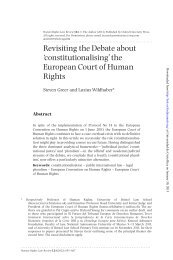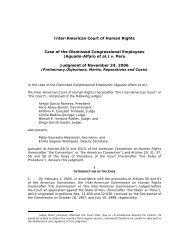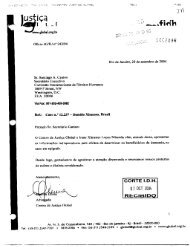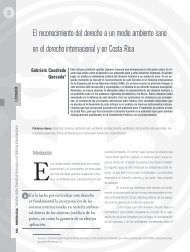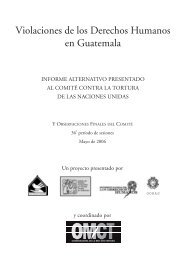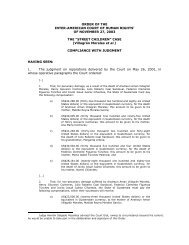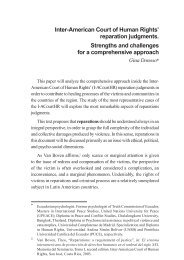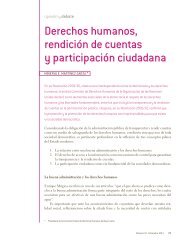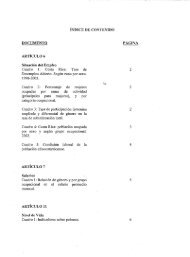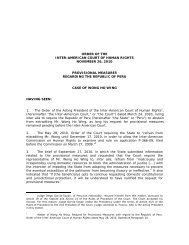The Political Economy of Japan Bradley M. RICHARDSON
The Political Economy of Japan Bradley M. RICHARDSON
The Political Economy of Japan Bradley M. RICHARDSON
- No tags were found...
Create successful ePaper yourself
Turn your PDF publications into a flip-book with our unique Google optimized e-Paper software.
today although the plans are given much less public attention than in the earlypostwar era.Industry "rationalization" and development policies and government foreigntrade policies supplemented the general economic plans in the effort to promoteeconomic growth and shape its directions in specific industries. <strong>The</strong> Ministries <strong>of</strong>International Trade and Industry and Transportation orchestrated a wide range <strong>of</strong>supports to encourage development and competitive viability in international markets.Most <strong>of</strong> the laws and plans developed as part <strong>of</strong> these programs were very generaland can best be seen as policy frameworks. General goals were indicated by theseframeworks. More specific programs and policy tools were developed and deployedunder the "umbrella" provided by the framework laws and policies. As can be seenfrom the examples in Figure 1 the emphases on different industries changed overtime. <strong>The</strong> 1950s programs addressed infra-structure needs and heavy industries,namely power, coal, shipping, steel and petrochemicals (especially fertilizer). Laterinterest shifted more to automobiles, machine tools and electronics.Specific policy tools such as government bank loans, accelerated taxdepreciation allowances for equipment purchases, special tax reserve funds forexport market development, and tax deductions for income earned overseas weredesigned to foster growth and promote exports in particular areas following thegeneral directions indicated in the "framework" documents. MITI control over rawmaterials and technology import licenses permitted allocation <strong>of</strong> critical materials andprocesses to industries slated for development, especially in the 1950s and early1960s. In the 1960s, inter-firm mergers were also encouraged on the assumptionthat concentration would lead to greater international competitive power. Other policyinstruments included protective tariffs and import quotas and the sanctioning <strong>of</strong>inter-firm cartels. Information in Figure 2 shows the cluster <strong>of</strong> policy tools developedto support the computer and "information" industry under specific frameworklegislation and serves as an example <strong>of</strong> the multi-faceted government efforts.Macro-Economic Policy and <strong>Japan</strong>'s Fiscal Investment and Loan Program.<strong>Japan</strong>'s macro-economic policies generally supported the government'scommitment to growth in the 1950s and 1960s. Monetary policy sought to maintaineconomic stability and to reduce pressure on currency reserves when internaldemand led to increased imports. On some occasions industrial targeting planswere held back in deference to counter-cyclical monetary policies.One <strong>of</strong> the most important contributions by the <strong>Japan</strong>ese government to thesupport <strong>of</strong> economic development during this period was its commitment to fiscalrestraint. <strong>Japan</strong> in the 1960s had the lowest level <strong>of</strong> taxation <strong>of</strong> any major industrialpower. In 1965 total taxation in <strong>Japan</strong> (excluding social security contributions)amounted to 18 percent <strong>of</strong> gross domestic product, in contrast with 27-35 percent for




